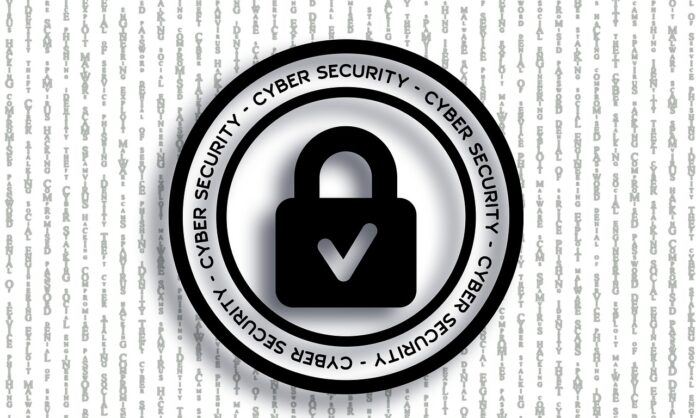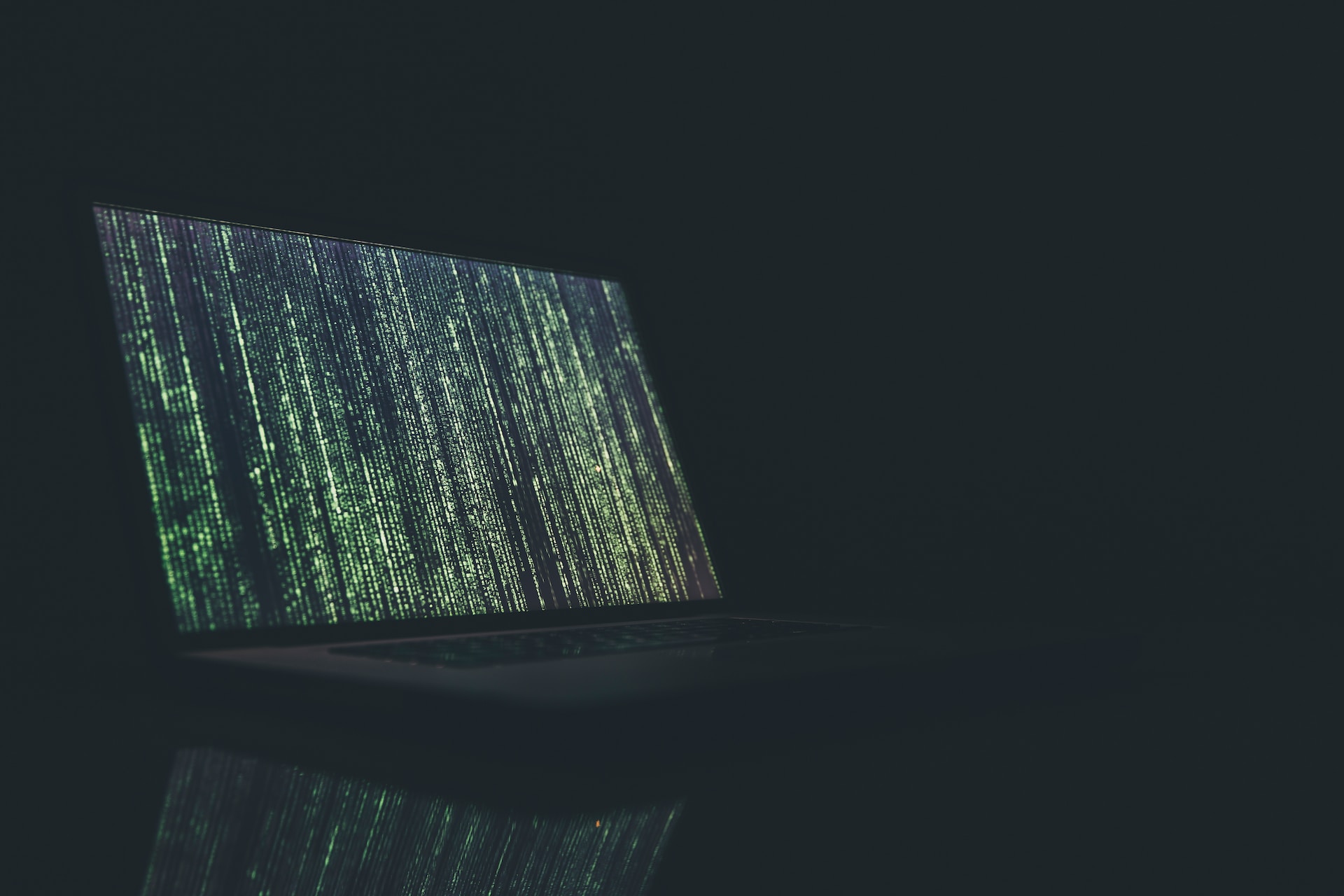According to recent research, the amount of global cyberattacks grew by as much as 38% in 2022, when compared to 2021. These were orchestrated by smaller, ransomware hackers that focused specifically on tools used in remote working environments.
For businesses, cybercrime has become one of the most immediate concerns when it comes to success or failure. Overall, as many as 60% of small companies go out of business within 6 months of a data breach.
With cybercrime set to go up 15% every year – an even more concerning prediction seeing as 2022’s percentage was more than double that – it has never been more important for companies to conduct a software composition analysis and ensure they are doing everything they can to deal with the problem.
Table of Contents
The Cybersecurity Maturity Report
A recent cybersecurity maturity report – based over two years worth of data and obtained from 500 organisations across 15 countries – found that 32% of businesses had weak security policies in place, with 23% having inadequate authentication mechanisms to deal with the rising sophistication of attacks.
That being said, the act of detection seemed strong, especially with the wider implementation of open source software. But having attained this data, it is clear that the simple act of detecting cyber attacks is not enough. In fact, detection is only the first step towards cyber protection.
With open source software, it is critical to start with detection, move to prioritisation – finding and focusing on the most immediate issue – and then finishing with remediation – eradicating the issue and protecting the business.
Essentially, this comes through regularly monitoring open source components, as well as their dependencies. Observability becomes a big factor here, especially when it comes to companies with multi-cloud environments.
For any IT team – especially smaller IT teams – it can be hard to track and respond to any issues that might surface in a software; leading the software itself to be in a far more vulnerable state.
Observability, however, offers logs, metrics and traces to generate records of activity across the infrastructure. This then helps an IT team monitor all of their moving parts, pinpointing the most vulnerable and then focusing on a remediating process.
Having Tools For Complicated – And Simple – Procedures
It’s also important for any company to couple strong visibility with the right tools. This should include finding a way to automate remediation, an open source licensing policy enforcement, malicious package blocking, as well as multiple integration points.
But tools should not just be implemented into the software. As mentioned previously, 32% of businesses have weak security policies, and this is often as simple as a strong password and an adequate authentication mechanism.
As well as this, attackers have learned how to manipulate unaware employees, allowing themselves to gain manual entry into a system. Even the very basic security procedures must be in place.
A company needs to know who can gain access to a software, how they can gain access and whether that mechanism is being adequately followed. To increase visibility in this way, it is essential to increase employee awareness. This would mean learning how to train employees in cybersecurity, what malicious malware looks like, how to detect it, as well how to trust other users active within a network.
Altogether, it is vital that businesses do everything they can to build a firewall between them and the millions of attackers who are attempting to compromise their software.
This comes by taking a step past detection and into prioritisation and remediation; as well as raising the awareness within the company about what to expect and how to counteract it.
FAQs about the Rising Tide of Cybercrime and How Businesses Can Stay Afloat
How can my business prepare for the increasing cybercrime threat?
Start by prioritizing detection, but don’t stop there. Implement observability tools to monitor your systems, prioritize vulnerabilities, and automate remediation processes. Train your employees to recognize and report suspicious activity, and enforce strong security policies like password complexity and multi-factor authentication.
READ ALSO: Managing Open-Source Vulnerabilities Like A Pro!
What are the biggest risks associated with open-source software?
While open-source software offers advantages, its dependencies can introduce vulnerabilities. Regularly monitor your open-source components and their dependencies for known issues, and have a plan for addressing them promptly.
What tools do I need to improve my cybersecurity posture?
Invest in tools that automate remediation, enforce licensing policies, block malicious packages, and integrate with your existing systems. Remember, tools are only part of the solution; strong security policies and employee awareness are equally important.
How can I train my employees to be more cybersecurity-aware?
Provide regular training sessions on identifying phishing attempts, malware threats, and safe online practices. Encourage them to report suspicious activity and create a culture of security within your organization.
What are the financial implications of a cyberattack?
Data breaches can be devastating, leading to financial losses from data recovery, legal fees, and reputational damage. Additionally, businesses may face compliance fines and lose customer trust. Investing in proactive cybersecurity measures is significantly cheaper than the potential costs of a cyberattack.
A Final Word
By adopting a comprehensive approach that combines detection, prioritization, remediation, and employee training, businesses can build a robust cybersecurity firewall and navigate the ever-evolving threat landscape.
Remember, staying vigilant and proactive is key to protecting your valuable data and ensuring business continuity in the face of growing cybercrime.
Leave a comment below regarding this cybersecurity report.
INTERESTING POSTS
- Important Considerations For Developing A Cybersecurity Strategy
- Tips For Keeping Your Server Room Safe And Secure
- What You Need To Know About Android Application Security
- Full ESET Smart Security Premium Review
- How To Report Online Scams In The UK [MUST READ]
- Creating A Strong Cybersecurity Assessment Report
- Apple Launches Open-source Password Manager for Developers
About the Author:
Christian Schmitz is a professional journalist and editor at SecureBlitz.com. He has a keen eye for the ever-changing cybersecurity industry and is passionate about spreading awareness of the industry's latest trends. Before joining SecureBlitz, Christian worked as a journalist for a local community newspaper in Nuremberg. Through his years of experience, Christian has developed a sharp eye for detail, an acute understanding of the cybersecurity industry, and an unwavering commitment to delivering accurate and up-to-date information.









